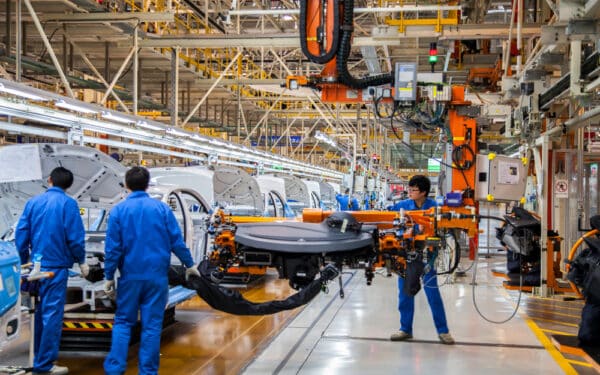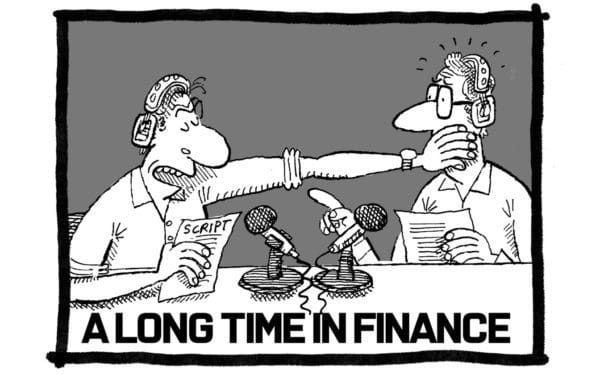- Trade liberalisation boomed and has busted: A post-World War II wave of liberalisation reduced barriers to trade and helped fuel a global boom in exports. The Uruguay Round of negotiations between 1986 and 1994 marked the high point of this process. It was the largest ever trade negotiation and significantly reduced barriers to trade in goods. Since the 1990s the momentum of trade liberalisation has slowed, and since the financial crisis, almost ground to a halt. The election of Mr Trump, an ardent critic of the international trading order, is indicative of how much things have changed.
- Trade has helped lift global growth: Since the War trade has grown far faster than country GDPs, acting as an engine of global growth and prosperity. The share of global GDP accounted for by exports of goods and services has risen from 12% in 1960 to almost 30% today. Since 2008 growth in trade has slowed and has increased at about the same rate as global GDP.
- Proximity matters in trade: Despite decades of globalisation most trade happens between neighbouring countries. Trade flows within regions, such as Europe, are far greater than trade flows between regions or continents. The UK, for instance, exports about 50% more to Ireland than it does to China.
- History helps too: Close historical ties can help counter the dampening effects of distance on trade. The UK exports more to the US, Australia, Hong Kong and New Zealand, than distance alone would suggest.
- Growth rates drive demand for imports: It’s easier to sell more to countries which are booming. Since the turn of the century emerging economies have grown at four times the rate of the euro area. This has contributed to a shift in the pattern of UK trade, with the share of UK exports of goods and services going to the EU falling from 54% in 2000 to 43% in 2016.
- Small, rich economies are most exposed to trade: Small economies tend to be most open to trade and large, continental economies least open. Thus Luxembourg, Belgium and Singapore export and import far more as a share of their GDP than China, the US or Australia.
- The UK runs a trade deficit: The UK has run a deficit on trade in goods and services for 52 of the last 70 years and every year since 1998. The lion’s share of the deficit is concentrated on trade with Germany, China, Spain, Belgium, the Netherlands and Norway. In 2016 the UK ran trade surplus with 67 countries, including the US, Ireland, Switzerland, the United Arab Emirates, Saudi Arabia, Australia and Brazil.
- The UK is a world class consumer of goods and producer of services: The UK has recorded only six surpluses in trade in goods since 1948. It has recorded a surplus in trade in services in all but five years since 1948 and in every year since 1966. The UK is the world’s second largest exporter of services after the US.
- The US and UK report trade surpluses with each other: The US and UK trade numbers do not balance. The UK reports a surplus of £10bn on trade in goods with the US and a $34bn surplus on trade in services. The US claims a surplus of $1bn on trade in goods and a $13bn surplus on trade in services. One partial explanation for the gap is that the US recognises the Channel Islands as part of the UK, whilst the UK does not.

A government takeover of Thames Water would be an outrage
The new government’s hand is strong enough to resist nationalisation, which would stick over £18bn of debt onto the taxpayer.


